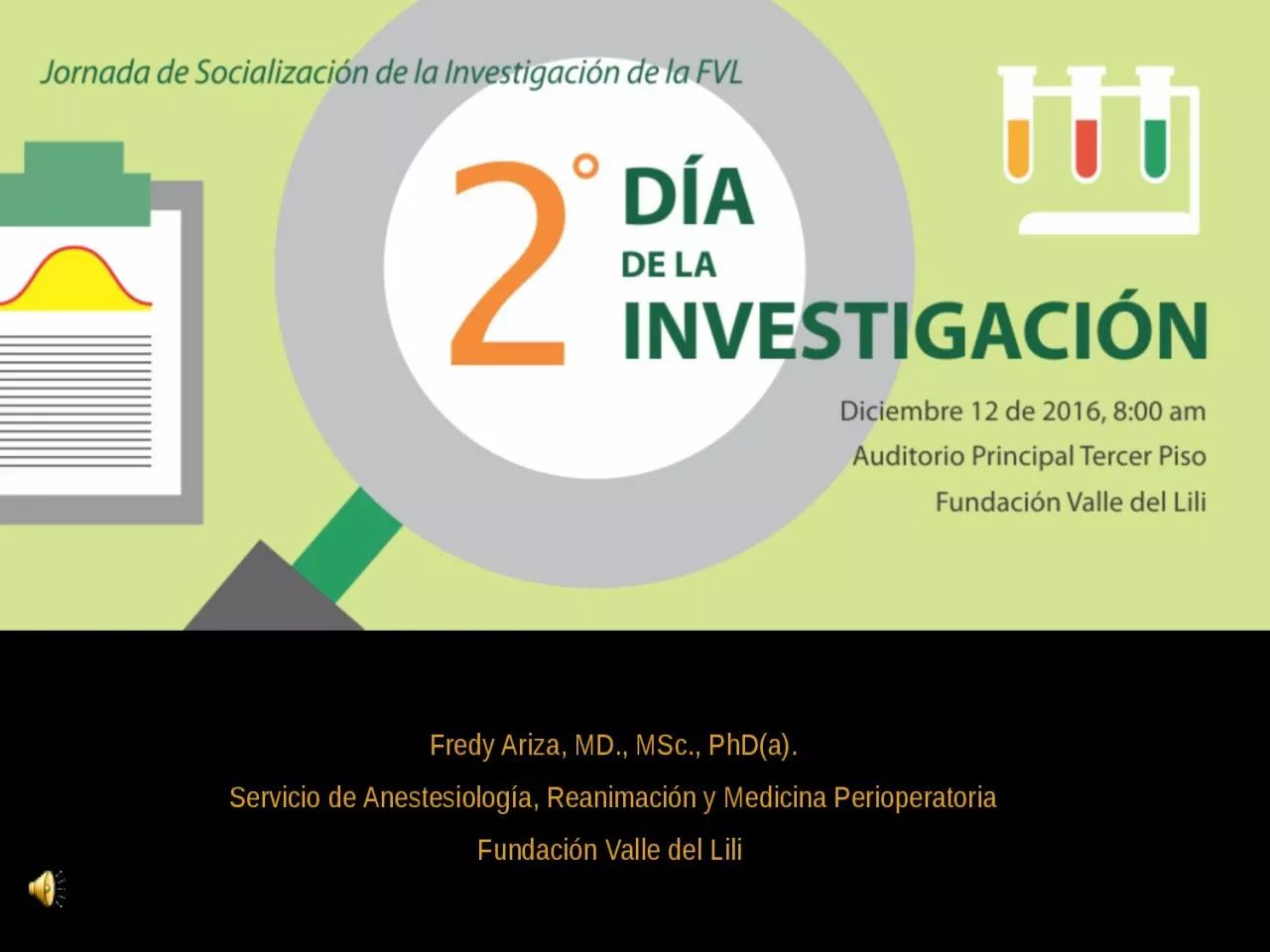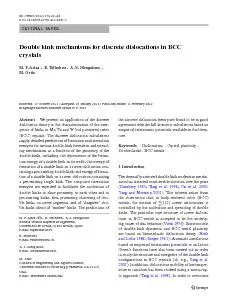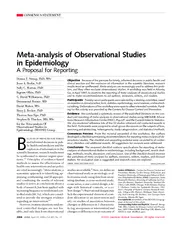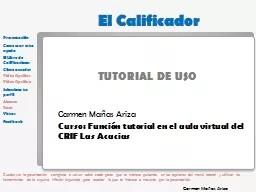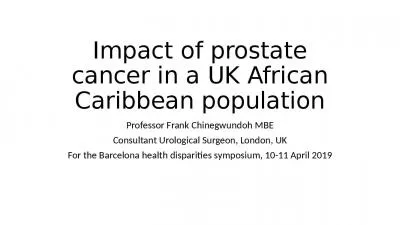PPT-Fredy Ariza, MD., MSc ., PhD(a).
Author : scarlett | Published Date : 2024-02-16
Servicio de Anestesiología Reanimación y Medicina Perioperatoria Fundación Valle del Lili 2012 2013 2014 2015 2016 Surgical site infection and sepsis after
Presentation Embed Code
Download Presentation
Download Presentation The PPT/PDF document "Fredy Ariza, MD., MSc ., PhD(a)." is the property of its rightful owner. Permission is granted to download and print the materials on this website for personal, non-commercial use only, and to display it on your personal computer provided you do not modify the materials and that you retain all copyright notices contained in the materials. By downloading content from our website, you accept the terms of this agreement.
Fredy Ariza, MD., MSc ., PhD(a).: Transcript
Download Rules Of Document
"Fredy Ariza, MD., MSc ., PhD(a)."The content belongs to its owner. You may download and print it for personal use, without modification, and keep all copyright notices. By downloading, you agree to these terms.
Related Documents

